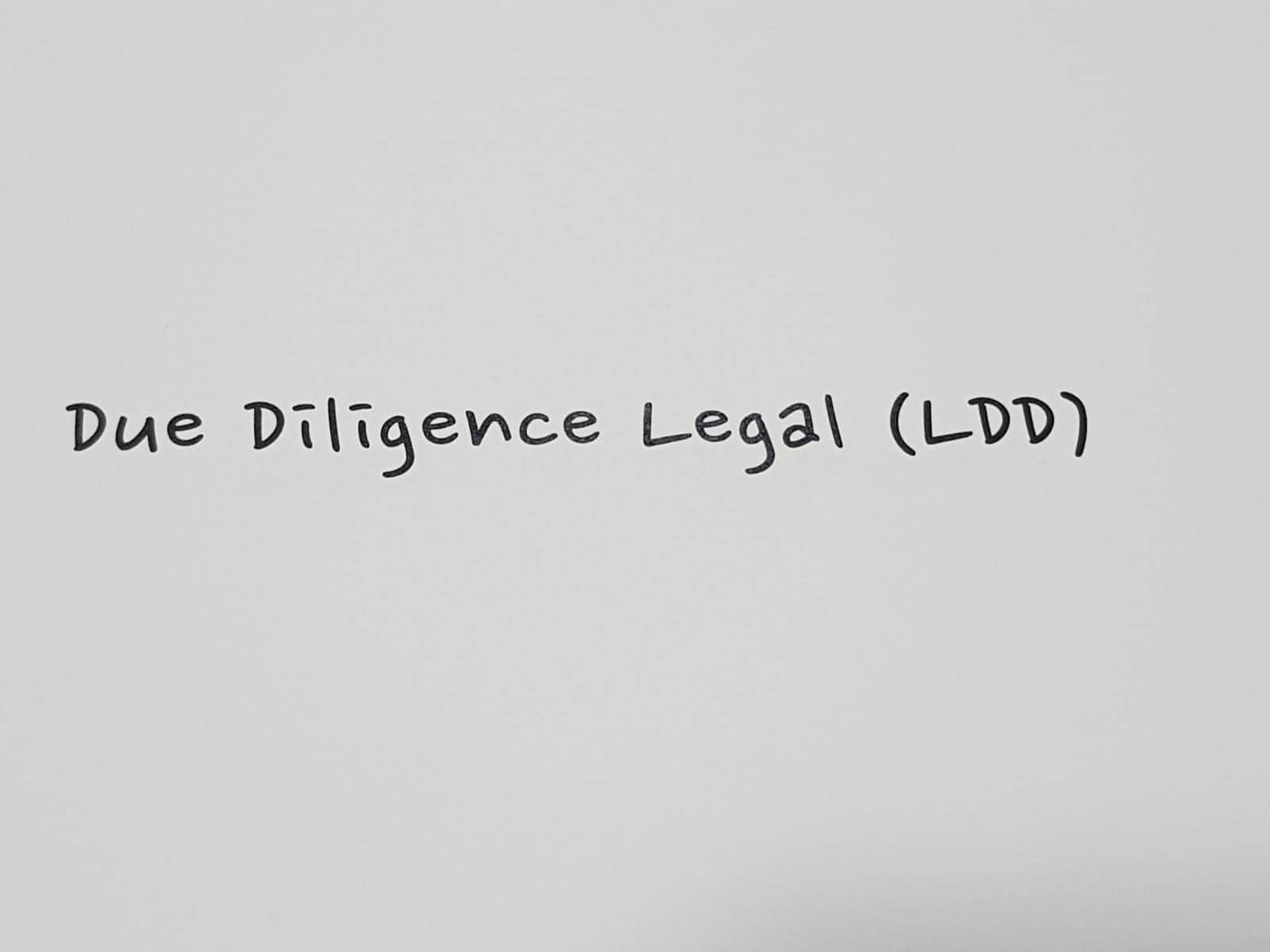
09.07.2018
What is a Comfort Letter?
 Por
Cobo Aragoneses, José Luis
Por
Cobo Aragoneses, José Luis The Comfort Letter: “the best efforts”
We are faced with two entities: the buyer and the seller. These two each act differently to look after their own interests.
On the one hand, the seller will say: “I will only sell if you commit to maintain the contract of all of the workers without dismissing anyone.” The buyer, on the other hand, will answer: “We do not intend to fire anyone, but you know that we cannot commit to that. The most we can do is to make our best efforts to maintain the level of employment in the Company.”
Currently, one of the most common manifestations of these purported “declarations of tenderness” or statements of intent, which consist of “the realization of best efforts”, are called “comfort letters.”
When answering the question “what is a comfort letter?”, other questions arise, such as ” are we really only making a declaration of intentions or is a real obligation being established?” Or, “what is the obligatory scope of this type of demonstration?”
Unfortunately, this quiz has a limited amount of entries it can recieve and has already reached that limit.
Comfort Letters
Let’s start at the beginning. So-called comfort letters are documents resulting from the application of Anglo-Saxon Law and issued by a parent company in order to recognize a certain degree of financial support to one of its subsidiaries in order to favor access to bank financing by said subsidiary.
The Supreme Court Judgment of February 13, 2007 differentiates between two types of letters of patronage – “weak letters” and “strong letters”.
Weak Letters and Strong Letters
Weak letters are considered as mere recommendations, or statements of confidence in the economic viability of the entity requesting the loan.
Regarding strong letters, they can be considered as authentic guarantees with a binding nature for those who issue them.
Jurisprudence of the Supreme Court regarding what a Comfort Letter is
Regarding the requirements that must be met for a comfort letter to be considered “strong”, the Supreme Court Judgment of July 28, 2015 pronounced (among other things):
“Once recognized the possible obligatory transcendence of the comfort letter, (…), should be specified in a way that such effect or obligatory effectiveness does not occur (…) in an automatic way, but requires two budgets or conditions.
“Thus, in the first place, and in terms of the interpretation of the declaration of will, the comfort letter must contemplate, in a clear and unequivocal manner, the spontaneous commitment of the sponsor, regardless of any statement of mere recommendation or complacency, without real will to create an authentic obligatory link.
“Secondly, given the necessary receptive nature of this unilateral declaration of will, the obligatory effect requires that the commitment of the sponsor be accepted by the creditor, in order to carry out the projected operation.
“This acceptance, according to the nature of the figure, does not have a formal or express character; it can be tacit or presumed, particularly inferred from the causality between the issuance of the letter of sponsorship and the execution or execution of the planned financing.”
Strong Letter Requirements
This is from the jurisprudential construction of this figure. We can extract the following requirements so that these types of letters can be described as “strong” and a real source of obligation:
- Existence of intention of obligation by the parent company to provide financial support to the subsidiary.
- A relationship of obligation is clear without it having to rely on equivocal expressions.
- That the signer of the letter has the capacity to bind the parent in a contract analogous to the bond.
- The statements contained in the letter have been decisive for the granting of funding. As we previously saw, there is a causal relationship between the comfort letter and the granting of financing.
- The relationship of sponsorship takes place in the field of parent-subsidiary relations.
Regarding the specific obligatory content of strong comfort letters, they are classified as atypical guarantees, which is different to a deposit.
Also, in the words of the Supreme Court (in the aforementioned Judgment of July 28, 2015), “because the sponsor is not obliged to execute in favor of the creditor a loan identical to that owed by the principal debtor or sponsored by the operation carried out; [the obligation is of] a different nature and content.
“This is an obligation of financial indemnity with respect to the good purpose or result of the financial operation projected by the creditor.”
Conclusion on what is a Comfort Letter
Finally, regarding the question of what a Comfort Letter is, in view of the vagueness of the language usually used in these types of documents and, considering the amount of consideration given as an authentic guarantee on the part of the party which issues it under certain circumstances, it only remains to be aware of the implicit risks and extreme caution in the analysis of their wording, as, in some extreme cases, these comfort letters can be taken lightly.













